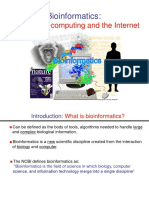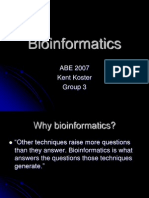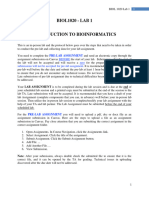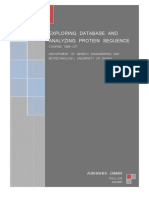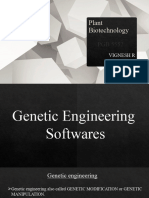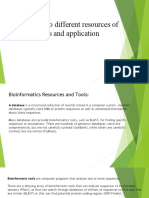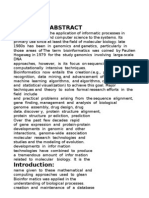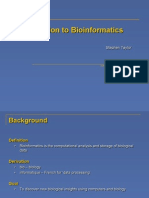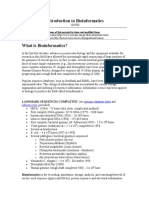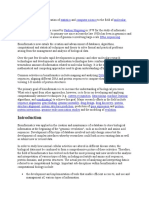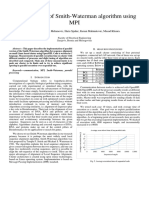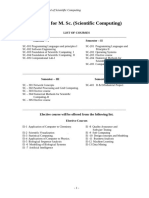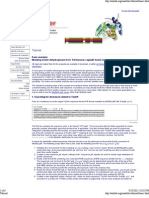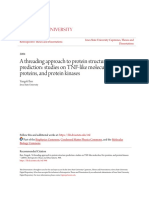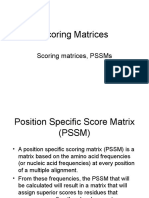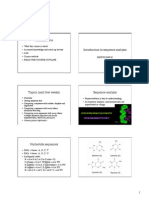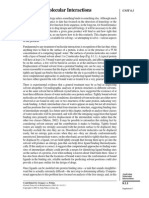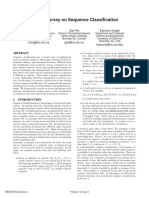0% found this document useful (0 votes)
27 views22 pagesBioinformatics
Bioinformatics is a scientific discipline that integrates biology, computer science, and information technology to manage complex biological data. The field has evolved significantly since the 1990s with advancements in high-throughput DNA sequencing and the growth of various 'omics' projects, necessitating sophisticated computational tools for data analysis. Key tasks in bioinformatics include sequence alignment, protein folding, and evolutionary analysis, with various databases and algorithms available for researchers to utilize.
Uploaded by
georginaroudriCopyright
© © All Rights Reserved
We take content rights seriously. If you suspect this is your content, claim it here.
Available Formats
Download as PDF, TXT or read online on Scribd
0% found this document useful (0 votes)
27 views22 pagesBioinformatics
Bioinformatics is a scientific discipline that integrates biology, computer science, and information technology to manage complex biological data. The field has evolved significantly since the 1990s with advancements in high-throughput DNA sequencing and the growth of various 'omics' projects, necessitating sophisticated computational tools for data analysis. Key tasks in bioinformatics include sequence alignment, protein folding, and evolutionary analysis, with various databases and algorithms available for researchers to utilize.
Uploaded by
georginaroudriCopyright
© © All Rights Reserved
We take content rights seriously. If you suspect this is your content, claim it here.
Available Formats
Download as PDF, TXT or read online on Scribd
/ 22
